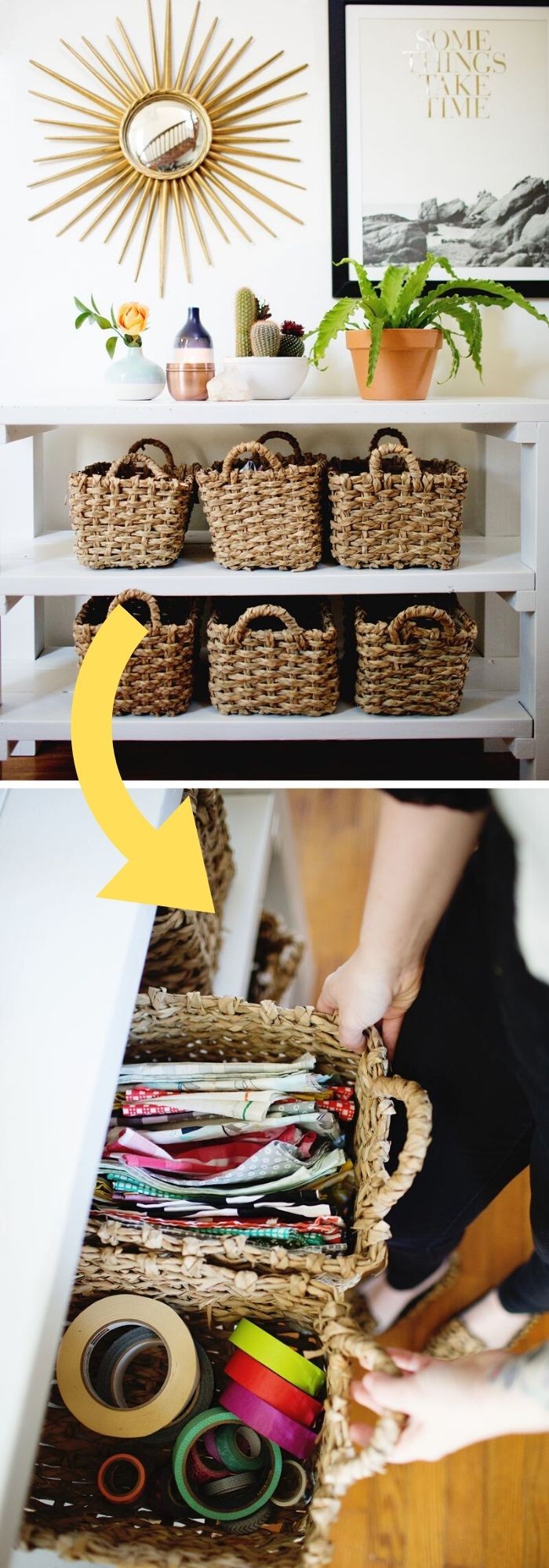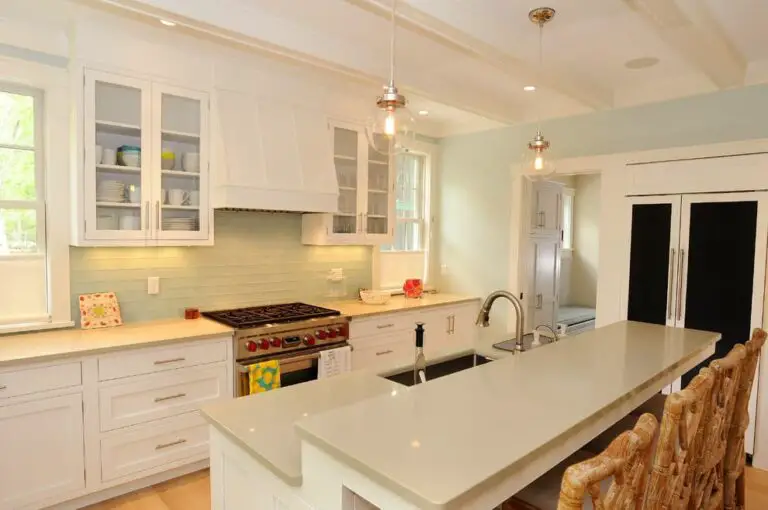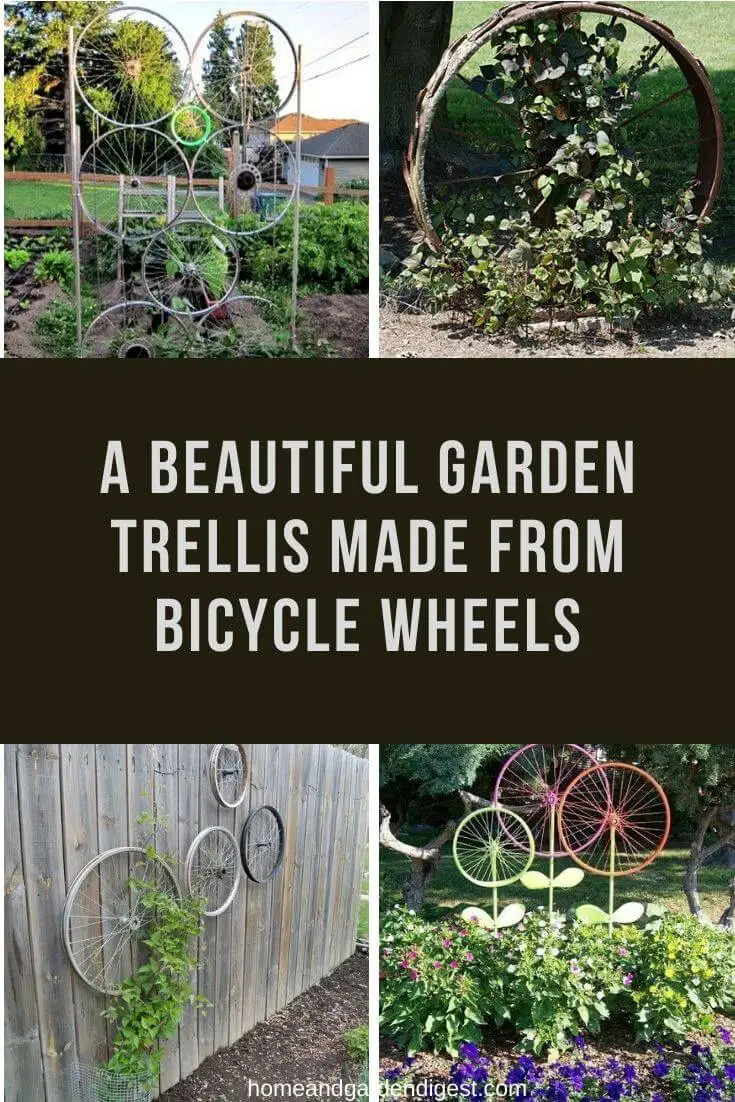30 Basement Door Ideas To Make Your Home Look Amazing
Transforming your home’s basement into a functional and stylish space is an exciting project. Often overlooked, the basement can be a treasure trove of possibilities. By introducing creative ideas for basement doors, you can unlock the full potential of this often-underutilized area. In this article, we’ll explore 30 unique door solutions that will elevate your home’s aesthetic appeal.
From walkout basements to finished spaces, and hidden doors to exterior entrances, we’ll cover a wide range of concepts to inspire your renovation journey. Whether you’re looking for a bold statement or a subtle addition, our collection of basement door ideas will provide the perfect starting point for your project.
30 Basement Door Ideas to Make Your Home Look Amazing
Walkout basement door ideas.
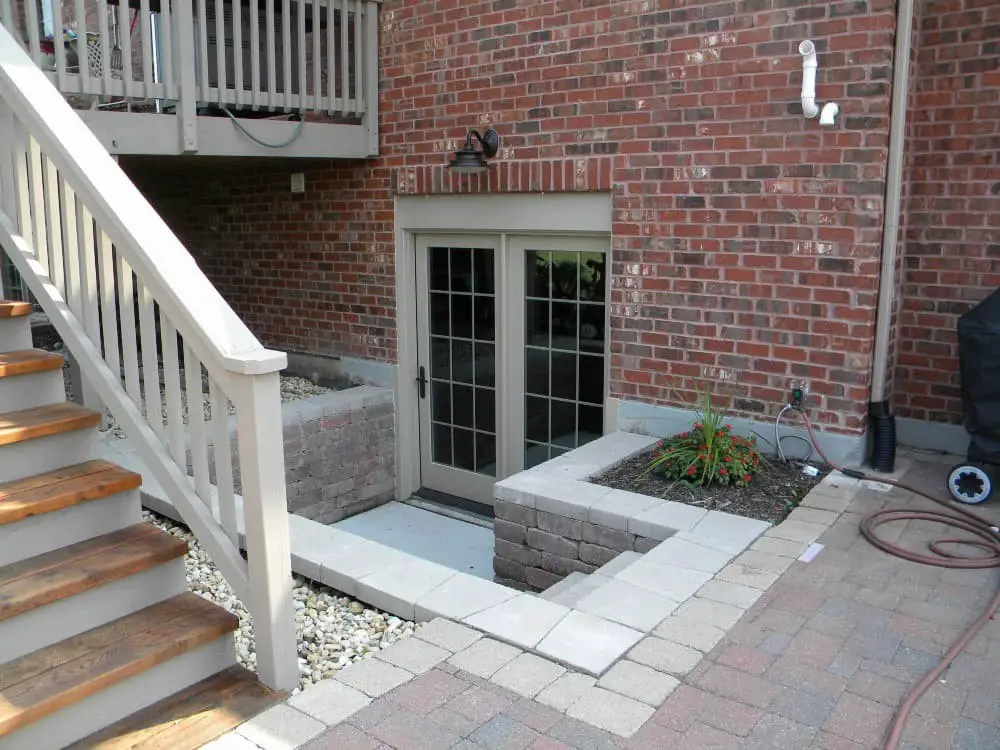
When it comes to enhancing the functionality of a walkout basement, installing a door that connects to the outside can be a game-changer. However, choosing the right door requires some consideration. The first step is to determine where you want the door to be located, as this will dictate the size and type of door required. Once you’ve settled on a location, you can start browsing through your options for types of doors.
With so many styles available, it’s essential to take your time and find one that fits your needs and budget. If you’re unsure about what type of door to choose, consulting with a professional can be incredibly helpful in making an informed decision. They can provide valuable guidance on selecting the perfect door for your home.
Among the various options are French doors, which offer a balance of privacy and security; bi-fold doors, sliding doors, and glass doors, each with its unique characteristics. Ultimately, there’s bound to be a style that suits your preferences and enhances your walkout basement experience.
Short basement door ideas.
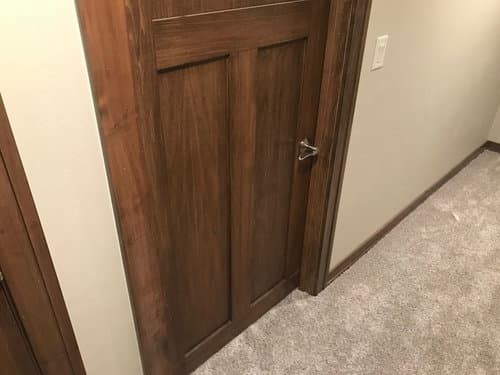
To trick the eye and make your basement doors appear shorter, consider implementing these creative solutions. For starters, install a compact curtain rod that creates a visual divide between the door and ceiling. Alternatively, add a petite valance above the doorframe to distract from its height. You can also adorn the door with a diminutive wreath or a small piece of artwork. To further diminish its stature, paint the door a deep, rich color that draws attention away from its verticality.
Additionally, place a short doormat or a tiny plant beside the entrance to visually lower its profile. Finally, swap out your standard doorknob for a smaller one and attach a petite knocker or some diminutive decals to create a sense of proportion.
Finished basement door ideas.
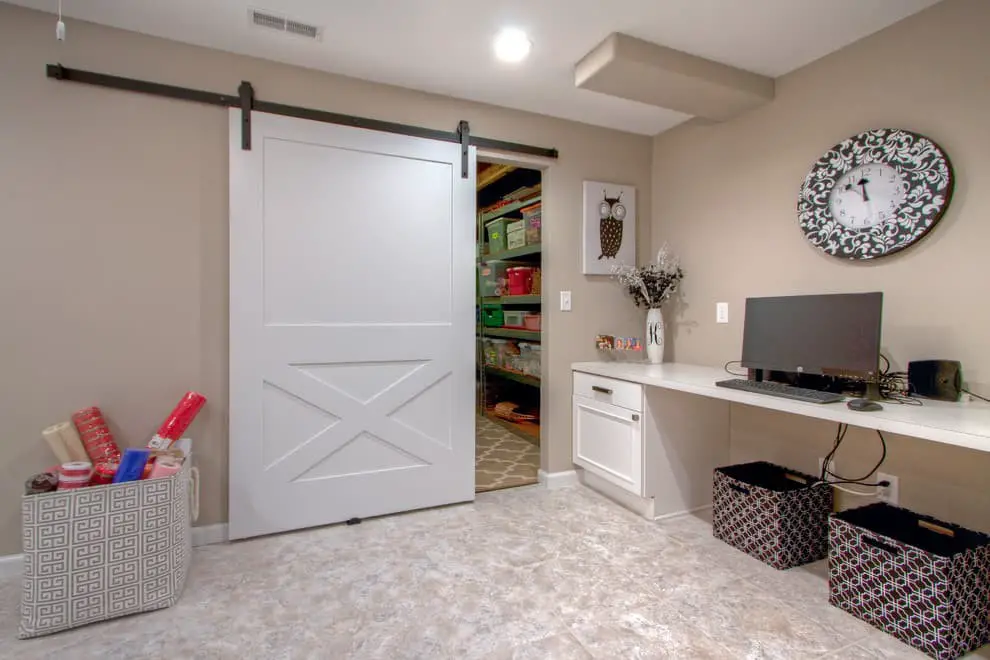
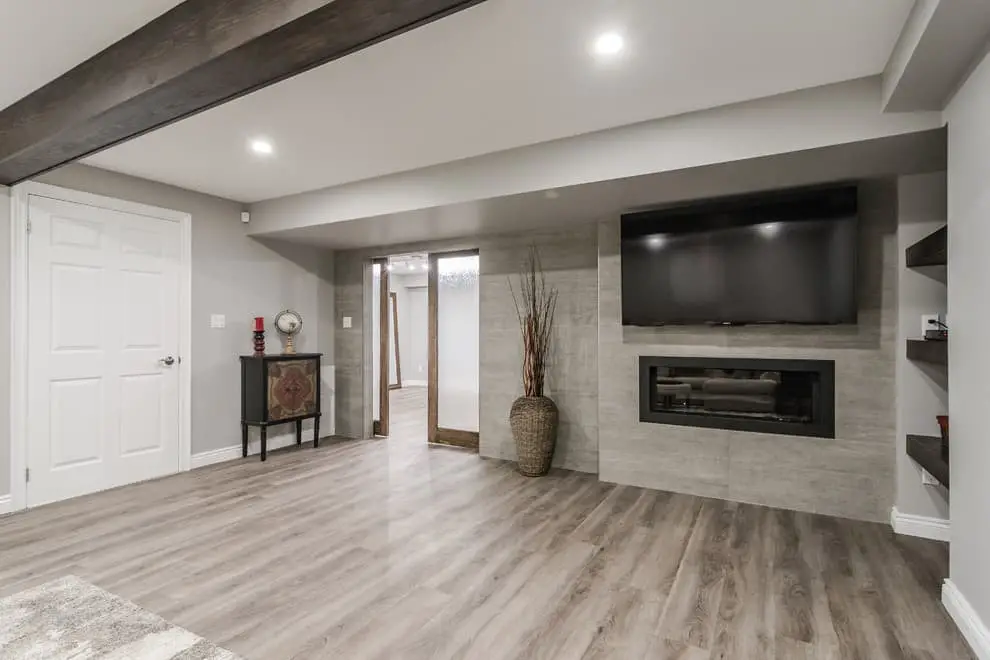
When it comes to finishing a basement, selecting the right door is an essential consideration. For some, the idea of French doors leading directly to a backyard patio or sliding glass doors opening up to a poolside oasis might be the ultimate goal. Others may opt for a Dutch door with a screen on top, allowing for a gentle breeze to circulate while maintaining privacy. Pocket doors that disappear into walls can also provide a seamless transition between spaces.
Meanwhile, barn-style doors or double doors leading out to a deck or porch can add a touch of rustic charm. And then there are those who prefer the elegance of stained glass, frosted glass, or beveled glass panels. Even repurposing an antique door can bring a unique touch to the space. Ultimately, the type of door chosen will depend on factors such as local climate, traffic flow, and overall aesthetic goals.
Hidden basement door ideas.
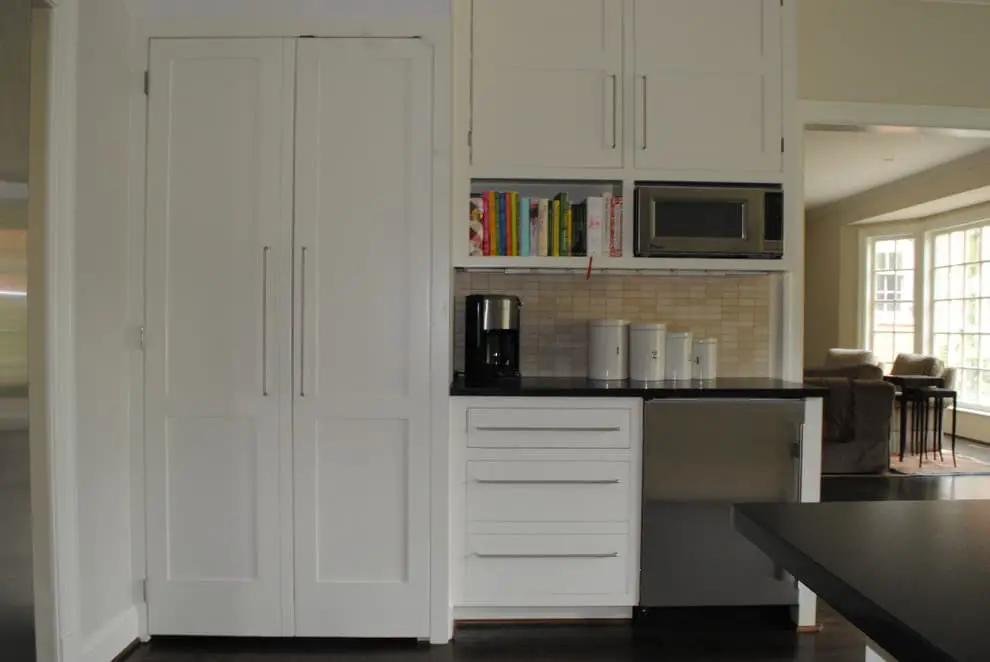
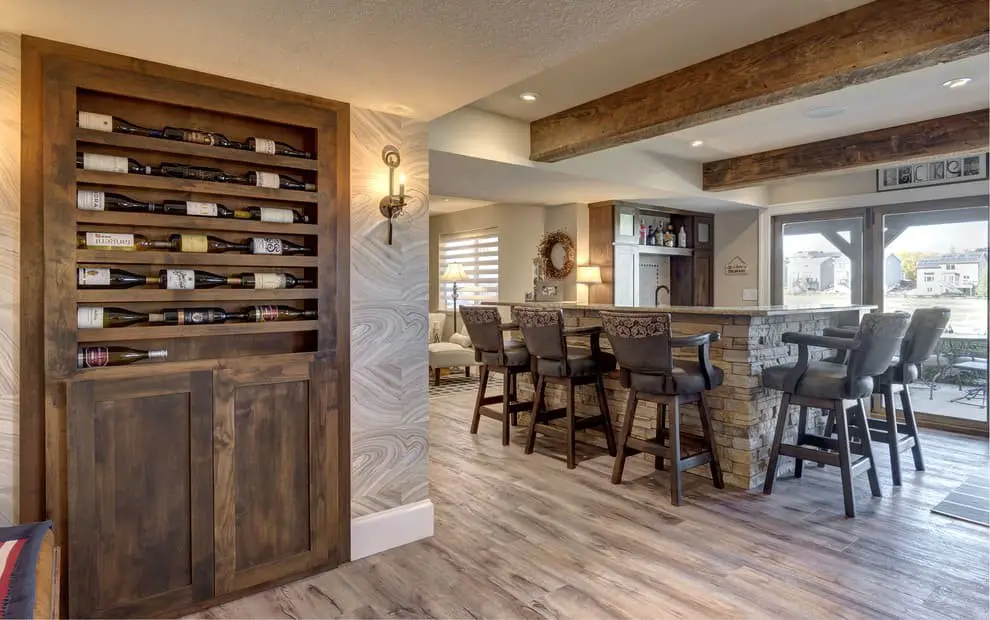
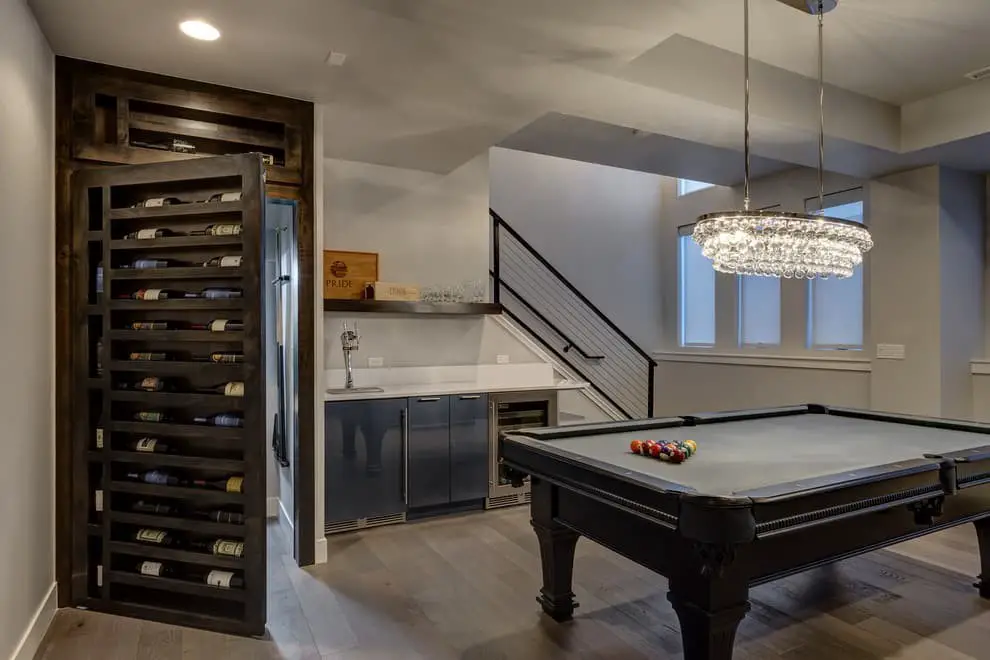
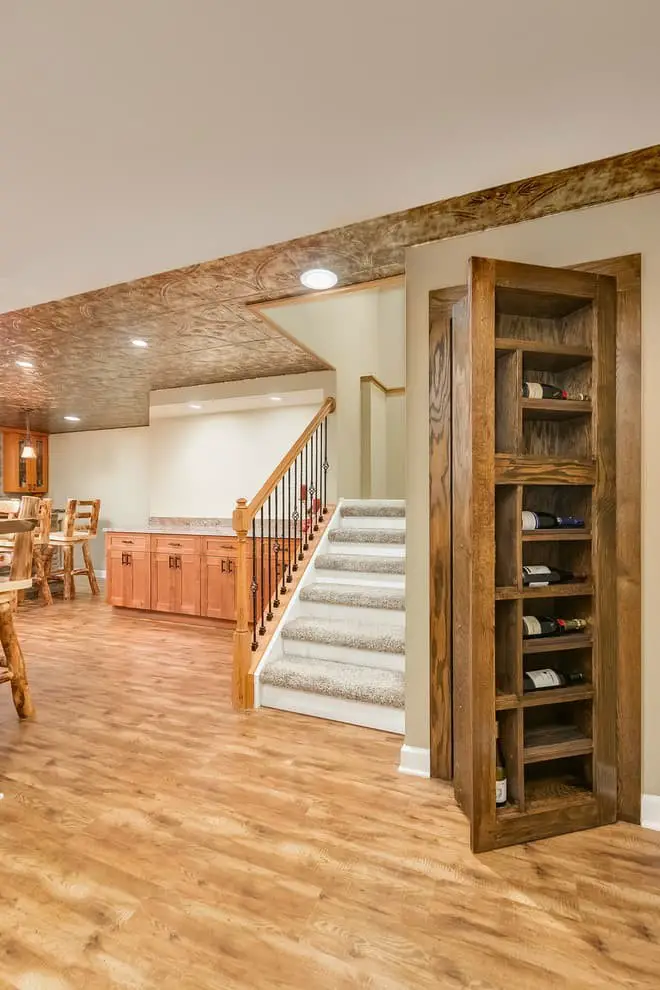
When it comes to adding a hidden basement door to your home, there are several creative ways to achieve this feat. One popular method is to incorporate the door into a false wall or bookcase, while another option involves installing a hidden door in the floor. These clever solutions can not only enhance the aesthetic appeal of your home but also provide an added layer of security and peace of mind for you and your loved ones.
For those looking to add an extra level of protection to their property, a well-designed hidden basement door is an excellent choice. Not only will it deter potential intruders from attempting to breach your home’s defenses, but it will also grant you the reassurance that your family remains safe and secure. If you’re considering installing a hidden door in your basement, rest assured that this project can be completed within a weekend.
To ensure a seamless installation, keep the following key factors in mind:First and foremost, determine where you wish to locate the door. It’s crucial to have easy access to the door in case of an emergency. Once you’ve selected a suitable location, measure the opening for the door to determine what size door you’ll need to procure. When selecting a hidden door, make sure to opt for one constructed from sturdy materials that can withstand heavy use and provide reliable service over the years.
Furthermore, ensure that your chosen door comes equipped with all necessary hardware, including hinges, locks, and handles.
Basement exterior door ideas.
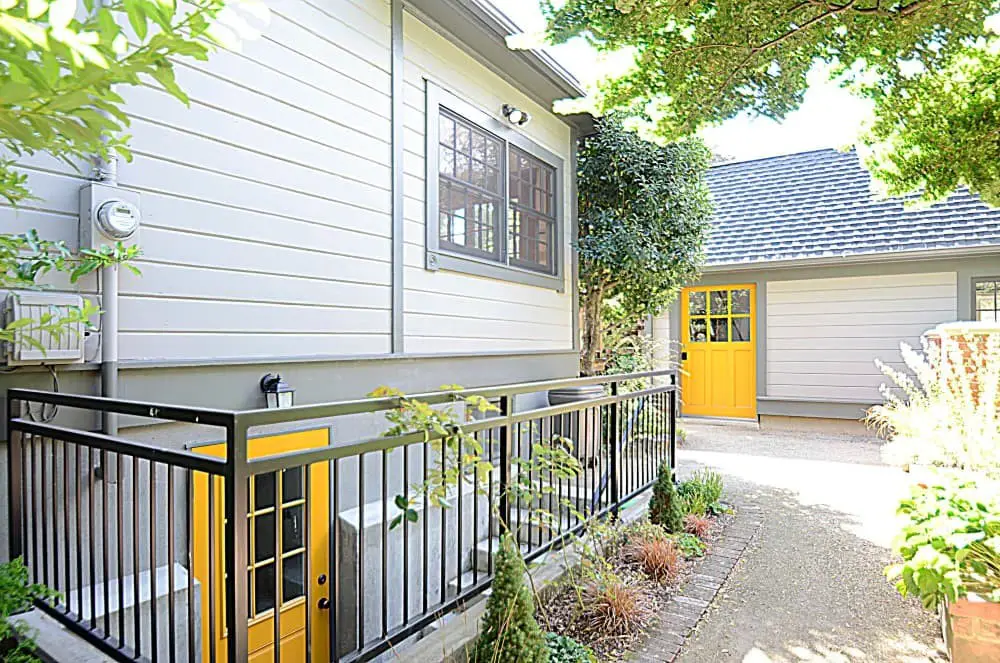
Choosing the perfect exterior door for your basement can be a daunting task, but by considering the style of your home and personal preferences, you can find an option that boosts curb appeal and enhances your property’s overall aesthetic. With so many options available in the market, it’s essential to start by thinking about the architectural style of your home.
For traditional homes, classic wood doors are often a great choice, while modern properties may benefit from sleek steel or fiberglass alternatives. Once you’ve narrowed down your material selection, you can focus on finding the perfect style to complement your home’s unique character. Simple and understated panel doors can provide a clean look, while Dutch doors or arched doors can add a touch of elegance.
If you’re looking to make a statement, specialty doors like barn doors or glass doors offer exciting opportunities for creative expression.
Open basement door ideas.
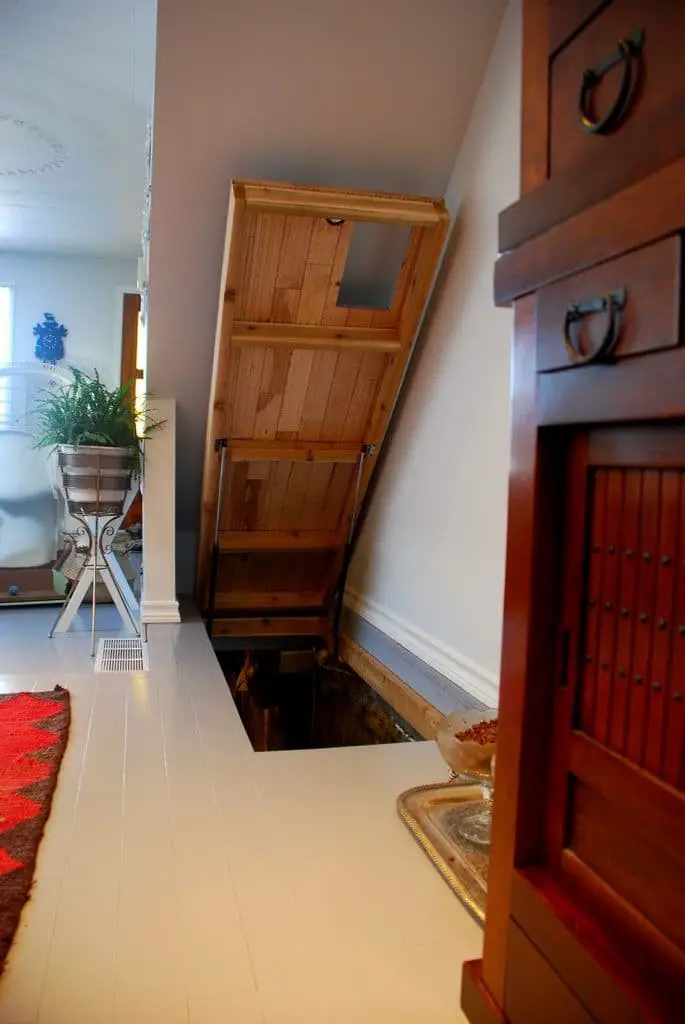
When considering ways to open up your basement door, there are several options to explore, each with its own unique advantages and considerations. The approach you take will depend on your specific needs and preferences. Here are a few ideas to get you started: You might consider installing a brand new door, which can be the most straightforward solution but also potentially the most costly.
Alternatively, you could replace your existing door if it’s showing signs of wear or no longer meets your standards. This option is relatively easy and shouldn’t break the bank. If you’re looking to brighten up an unfinished basement, adding a door can be a great way to bring in natural light and ventilation, making the space feel more like a part of your home.
Finally, if you’re feeling crafty, you could even build a new door from scratch, which may require more time and effort but offers the ultimate flexibility to tailor the design to your exact needs.
Basement bulkhead door ideas.
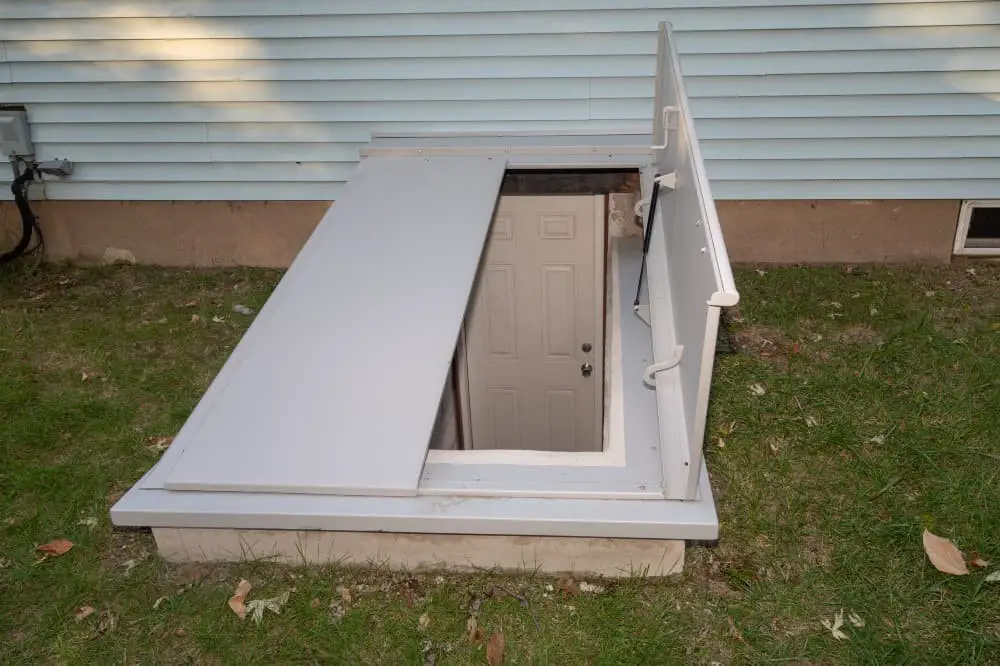
When it comes to securing your basement, a bulkhead door is an excellent solution. Not only do they provide added security against intruders or curious kids, but they also serve as a barrier against water and pests. With various styles available, you can easily find one that complements your home’s aesthetic. And if you want to stay informed about what’s happening in the basement while the door is closed, look for bulkheads with windows.
As for materials, bulkhead doors come in a range of options, including wood, metal, and plastic, allowing you to choose the one that best suits your needs. Additionally, some models feature insulation, ensuring your basement remains cozy during winter and cool during summer.
Basement entry door ideas.
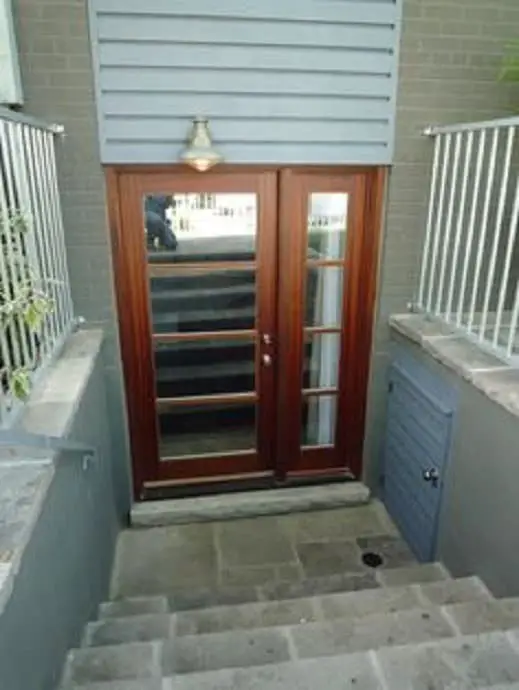
When considering how to access your average-sized 600 square-foot basement, the first thought is often overlooked: getting into it. The entry door is a crucial aspect, with various options available. You can stick with the traditional door that leads directly into the house, or choose a side entry door for added convenience. Alternatively, you could opt for a door that leads straight from outside into the basement. However, the right choice depends on several factors.
Think about your basement’s size, location, and expected traffic flow. Additionally, consider the level of security you need, as well as the overall style you want to achieve with your entry door. With these factors in mind, you can select a door that suits your needs and enhances the functionality of your basement.
Basement hatch door ideas.

When it comes to adding an extra layer of privacy and security to your basement, a hatch door is an excellent solution. But before making a decision, there are several key factors to consider. Firstly, the size of the door is crucial – you need to ensure that it fits comfortably through the opening in your basement. Secondly, the material used to construct the door is vital, as you want something durable and resistant to warping or cracking over time.
The style of the door is also important, with options ranging from flush-fit designs to raised models. Additionally, the price point should be taken into account, as hatch doors can vary significantly in cost – from a few hundred dollars to several thousand. Finally, proper installation is crucial to prevent leaks and ensure the door functions smoothly. If you’re not confident in your DIY abilities, hiring a professional installer may be the way to go.
Basement egress door ideas.
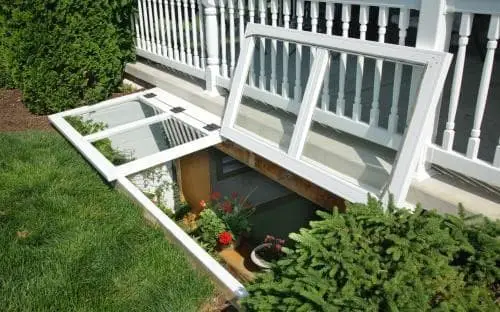
When it comes to enhancing the functionality and aesthetic appeal of your basement egress door, there are numerous possibilities to explore. One approach is to incorporate a storm door, which not only provides protection from the elements but also simplifies opening and closing the door. Another idea is to utilize awnings or shutters on any existing windows in your basement, thereby improving energy efficiency and visual appeal.
Additionally, you can implement security features such as deadbolt locks or install a comprehensive security system. If natural light is a priority, consider installing skylights or adding more windows to your basement. Finally, don’t underestimate the power of a fresh coat of paint or stain to revitalize the look of your egress door. When planning to add or replace an egress door in your basement, several factors must be taken into account.
First and foremost, consider the required size of the door, as most building codes demand a minimum width of 36 inches and height of 80 inches to ensure easy egress in emergency situations. Next, think about how frequently you plan to use the door: if it’s just for occasional use, a standard door might suffice; however, if you anticipate regular usage, an automatic opener could be a worthwhile investment. Lastly, decide on the optimal location for your egress door.
While many homeowners opt for placing their doors at the bottom of the stairs leading to the basement, you may also choose to position it along the side or rear of your house. Ultimately, ensure that the door is easily accessible in case of an emergency.
Basement trap door ideas.
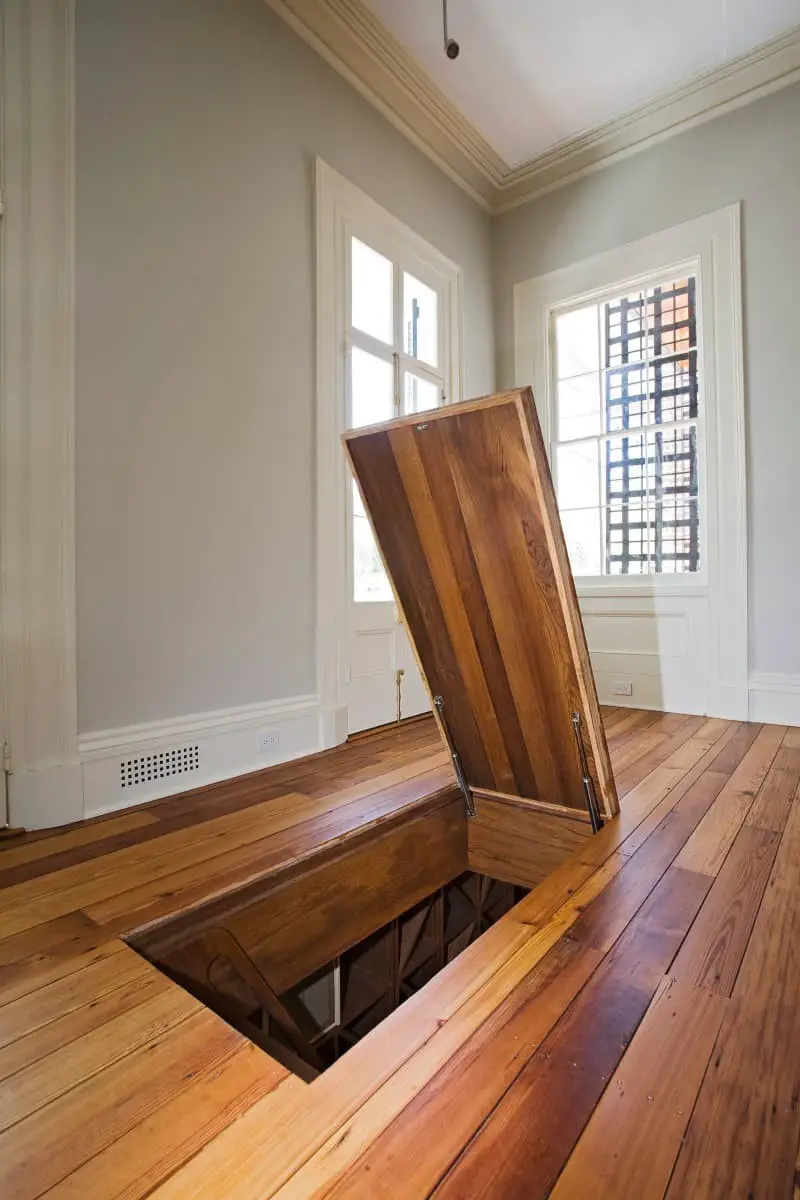
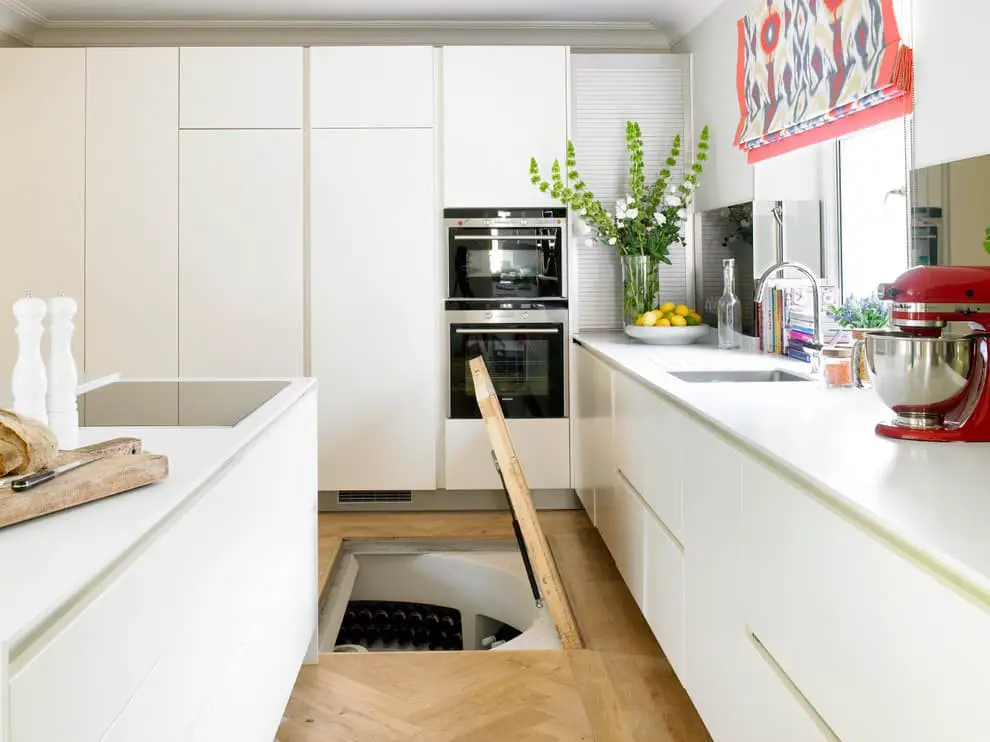
While many homes feature a basement with a trap door, accessing this space can be cumbersome. The constant need to open and close the door can be frustrating, especially if you use your basement frequently. Fortunately, there are some simple solutions that can enhance the functionality of your basement trap door.
One approach is to install a self-closing mechanism on your trap door.
This way, the door will automatically shut behind you as you enter or exit the basement, eliminating the need for manual closure.
Another option is to fit your trap door with a spring-loaded hinge. This allows the door to swing open effortlessly when you approach, and then springs back into place once you’ve passed through.
For an even more streamlined experience, consider converting your basement trap door into a sliding or sliding-track system.
This would enable you to enter and exit the basement with ease, without having to lift or lower the door every time.
Install a Basement Trap Door Latch
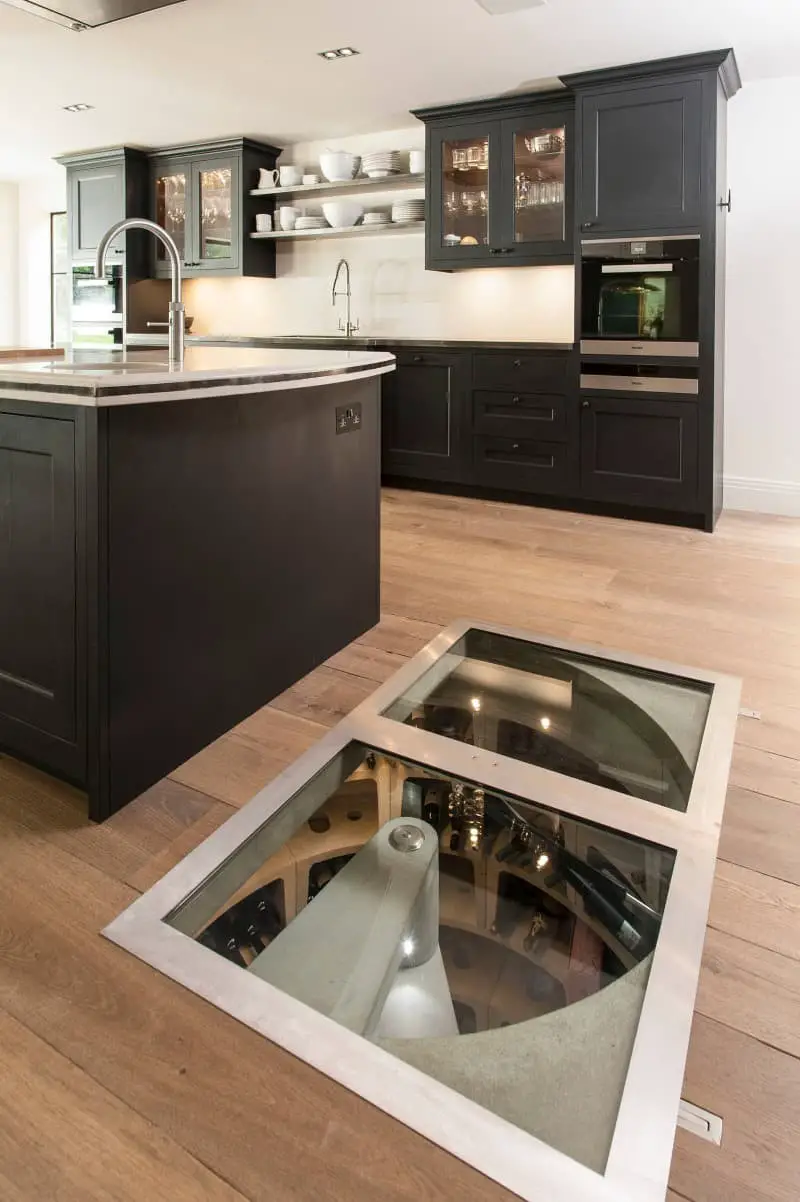
When a basement trap door is hinged on the side of the door frame, it’s surprisingly easy for someone to unwittingly trigger the opening and tumble down the stairs. To mitigate this risk, consider installing a basement trap door latch, which will ensure the door remains securely shut.
Add a Basement Trap Door Lock
To guarantee the complete security of your basement, consider installing a lock on your trap door. This simple yet effective measure will prevent unauthorized access to your below-ground space, giving you peace of mind and control over who enters your home.
Install a Basement Trap Door Handle
Installing a handle on your trap door can be a simple yet effective solution if opening and closing the door proves to be a challenge. With a handle in place, you’ll enjoy improved accessibility and reduced risk of accidental falls. No longer will you struggle to grasp the edge of the door or worry about it slamming shut unexpectedly.
Add Some Lighting to Your Basement Trap Door
Transforming a dimly lit basement into a brighter and more welcoming space is a great way to improve its functionality and safety. By installing suitable lighting, you’ll be able to navigate the area with ease when opening or closing the door, reducing the risk of accidental trips and falls. Additionally, proper illumination can also help create a sense of openness and make the space feel larger than it actually is.
Make Your Basement Trap Door More Visible
To enhance visibility of your basement trap door, consider installing a clear indicator, such as a sign or flag. This simple addition can significantly reduce the risk of accidental discoveries, while also ensuring that individuals are aware of the door’s presence. By doing so, you’ll be able to maintain a safe and practical living space with minimal effort.
Basement bilco door ideas
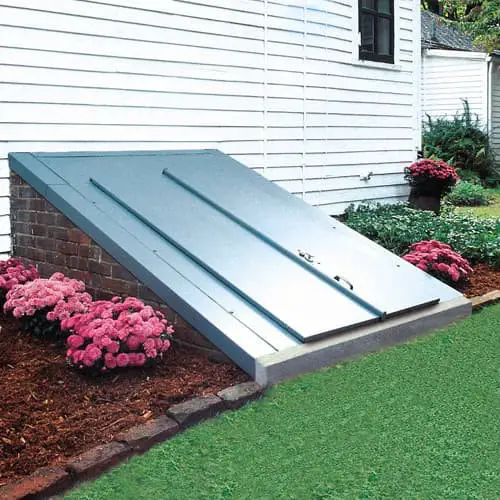
For individuals seeking to enhance accessibility to their basements, installing a Bilco door can be an effective solution. These doors are engineered to provide seamless entry into your subterranean space, and they can be integrated into various configurations. Two primary installation methods exist: the traditional approach, which involves cutting a foundation opening; or the exterior mounting option, perfect for homes without basements or those desiring to bypass foundation alterations.
Note that the traditional method is not recommended for structures featuring stone or brick foundations, as it may compromise the structural integrity of your home.
Basement stair door ideas
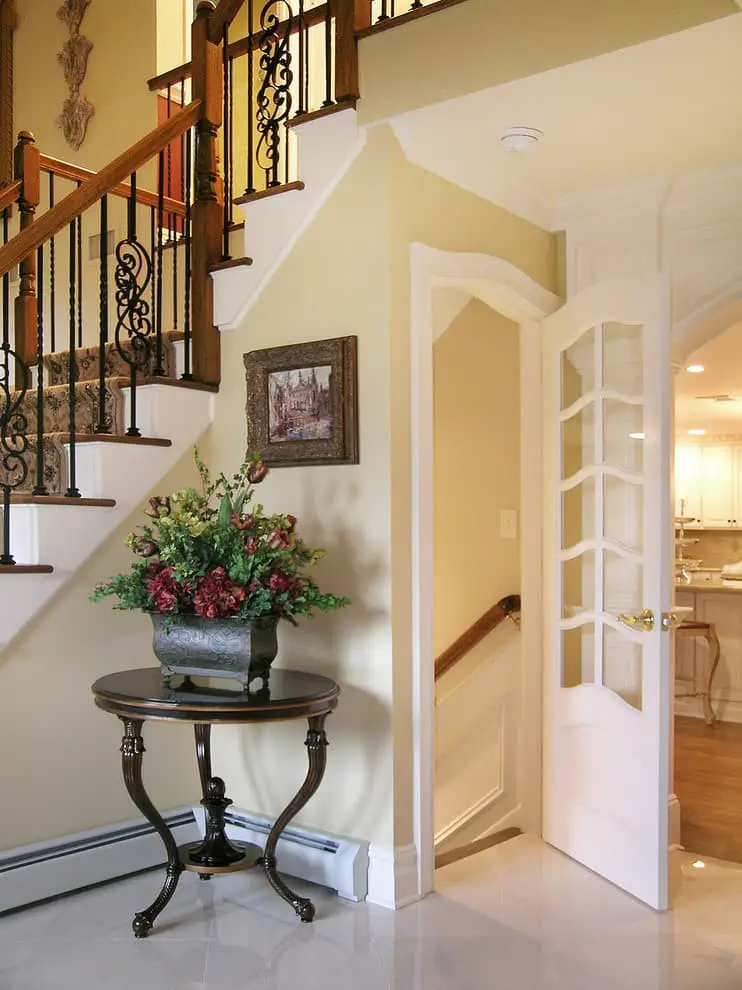
The stair door plays a crucial role in granting access to the basement from the outside. Typically fabricated from metal or wood, this entry point should boast weather-resistant and durable characteristics to withstand the elements. The type of door installation is also crucial – hinged doors are more prevalent due to their ease of installation, whereas sliding doors offer a tighter seal but require greater installation complexity.
In terms of functionality, the stair door can be either manual or automatic. While automatic doors boast enhanced convenience and security at a higher cost, manual doors provide an affordable option that still requires effort to open and close.
When selecting a stair door, it is vital to consider its size in relation to the stairway opening. The door should accommodate easy passage while also ensuring the safety of users by preventing falls down the stairs.
Furthermore, the door’s design and color can be tailored to harmonize with the overall aesthetic of the basement.
Basement storm door ideas.
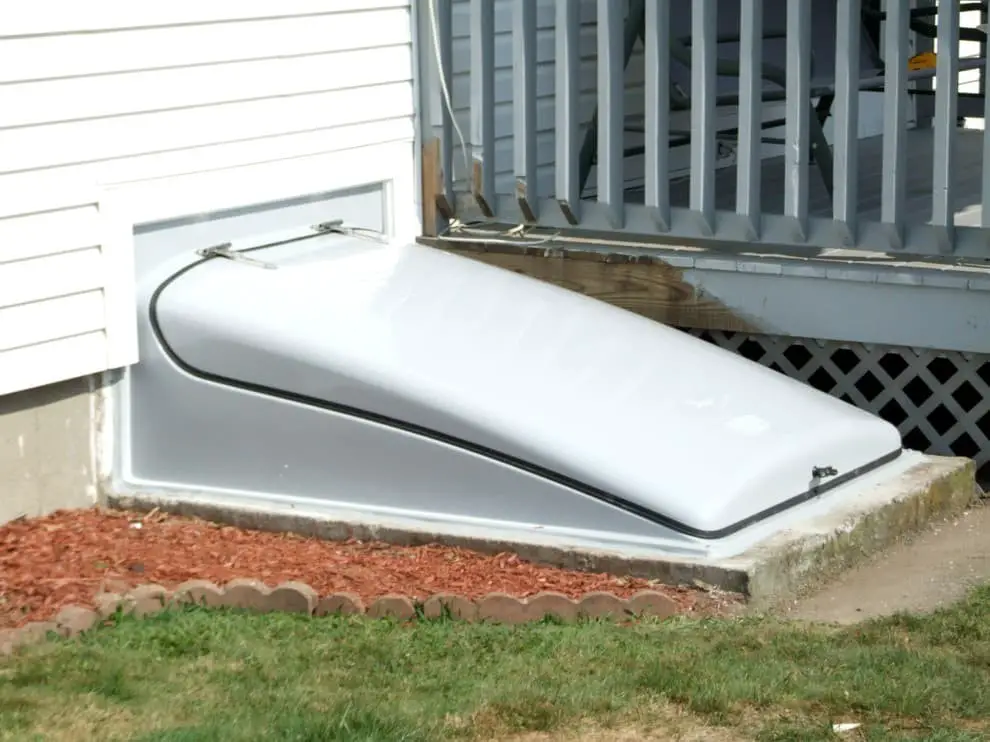
When it comes to protecting your home from the elements and keeping pests out, a storm door is an essential consideration – especially if you have a basement. But what kind of storm door is right for your underground space? To make the perfect choice, there are a few key factors to keep in mind. Firstly, think about the local climate.
If you’re living in an area prone to severe weather, such as high winds and heavy rain, you’ll need a storm door that can withstand these conditions without compromising on functionality. Secondly, take into account the size of your door. Storm doors come in a wide range of sizes, so it’s crucial to measure your door before making a purchase to ensure the perfect fit. Finally, consider the overall aesthetic of your home.
If you have a modern abode, you may want a sleek and minimalist storm door that blends seamlessly into the surroundings. On the other hand, if you have a traditional home, an ornate or decorative storm door might be more suitable.
Basement closet door ideas.
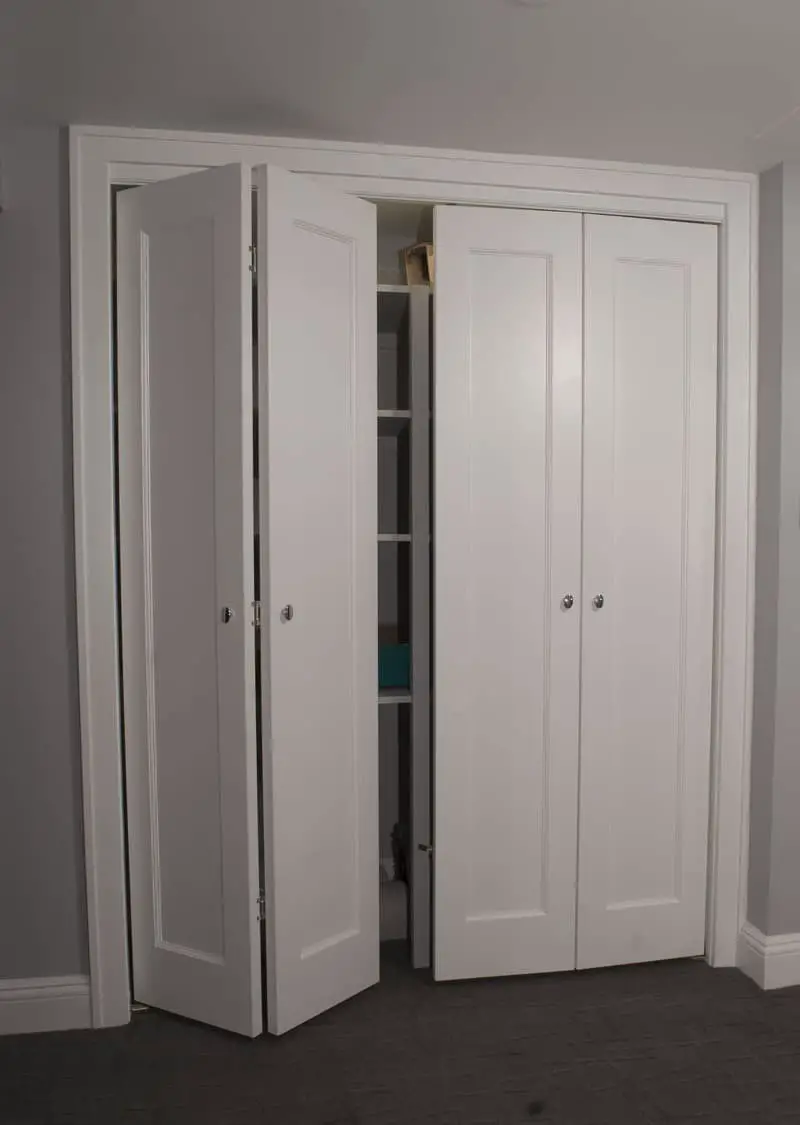
Transforming a basement closet that’s seen better days? Look no further! A fresh makeover can work wonders. Start by giving the door a splash of colour with a new coat of paint. Add some trim or molding to give it a more polished look. If you’re concerned about privacy, consider installing a rustic barn door – it’ll add a unique touch to your space. Alternatively, if storage is an issue, introduce some shelves. You can opt for pre-fabricated ones or get creative and build your own.
With these simple yet effective ideas, your basement closet will be revitalized in no time.
FAQS about Basement Doors
What type of door is best for basement?
When selecting a door for your basement, several factors come into play. Climate, humidity levels, and desired security are all crucial considerations. For instance, residents in warm climates may find that wood doors serve them well, as they provide insulation and keep the basement cool during summer months. However, wood doors might not be the most suitable choice for areas with heavy rainfall or snowfall, due to their relative lack of durability.
On the other hand, individuals residing in humid environments may benefit from steel doors, which can withstand high humidity levels without warping or rotting. Although steel doors are more expensive than others, they offer a durable solution. If security is paramount, a security door might be the way to go. These heavy-duty doors are designed to be difficult to breach, providing added peace of mind for homeowners.
While security doors often come at a higher price point, they can provide the ultimate in basement security.
What do you call the doors to a basement?
Cellar doors, typically made of wood or metal, provide entry to the often-underutilized space beneath our homes – the basement. While their design varies, these entryways usually take the form of hinged or sliding doors that lead directly down into the cellar itself. In some instances, they also serve as a vital emergency exit route from the house.
How do I choose a basement door?
When selecting a basement door, there are several key factors to keep in mind. One crucial consideration is the size of the door itself. It’s essential to ensure that the door can accommodate any furniture or appliances you plan to install in your basement, as well as any future additions or modifications. Next, think about the material the door is made from.
A sturdy option like metal or wood is often a good choice, as it will withstand the rigors of frequent use and potentially harsh environmental conditions. Finally, don’t forget to factor in the cost of the door. You’ll want to find a balance between affordability and durability, making sure you get a door that meets your needs without breaking the bank.
What size is a standard basement door?
When it comes to choosing the right size for your basement door, one common dimension is 36 inches by 80 inches. This standard size offers ample space for effortless entry and exit into the basement, while also providing sufficient room for storage or other purposes. Of course, if you’re working with a smaller door, upgrading to a larger size may be a viable consideration.
Do basement doors need to be vented?
While venting basement doors isn’t a necessity, it’s an excellent practice to consider. By allowing air to flow freely around the door, you can effectively prevent mold and mildew from developing. Moreover, proper ventilation can also contribute to maintaining a cooler basement temperature during the scorching summer months. If you do decide to ventilate your basement door, ensure that the opening is at least 1/2 inch wide for optimal results.
Should a basement door have a window?
The consideration of installing a window in your basement door is influenced by multiple factors. Firstly, climate plays a significant role. In regions with frequent rainfall, having a window can enable you to monitor water intrusion into your home. On the other hand, if you reside in an area prone to high crime rates, a window could create an unintended vulnerability for criminals to breach your home’s security.
Ultimately, weighing the pros and cons is crucial before making a decision that aligns with your priorities.
How do I measure my basement door?
To begin with, it’s essential to accurately measure the door opening. Start by taking a tape measure and recording the distance from one side of the opening to the other – this will give you the width. Next, use the same method to determine the height, measuring from the top of the opening down to the bottom. Once you have these measurements, add 2 inches to both the width and height. This extra allowance is crucial, as it accounts for the door frame and ensures a proper fit in your basement.
Is it better to keep basement door open or closed?
The choice between keeping your basement door open or closed ultimately hinges on your unique situation and priorities. In areas with a high water table, leaving the door ajar can be an effective way to mitigate flood risk. Conversely, concerns about security or unwanted pests may prompt you to keep it shut. The decision is yours alone to make, as there is no one-size-fits-all solution.
Do basement doors need headers?
When it comes to installing a basement door, you might be wondering if a header is needed. The answer lies in whether the door is load-bearing or not. Load-bearing doors refer to those that support the weight of the house above them, which typically includes doors that lead to rooms with heavy loads or high ceilings. Since basement doors are usually not subjected to such pressures, they don’t require a header for structural integrity.
However, it’s still important to ensure the door is properly installed and can withstand normal usage, including opening and closing without compromising the surrounding structure.
Conclusion
When it comes to selecting a basement door idea, homeowners have an array of options to consider. However, it’s crucial to pick the ideal solution that aligns with both your needs and budget. By conducting a brief research, you can uncover the perfect fit for your home, seamlessly integrating style and functionality.
Related Posts
When it comes to selecting the right sliding glass doors for cold weather, insulation and durability are crucial factors to consider. In this article, we’ll explore 10 top-rated options that excel in these areas, helping you find the perfect fit for your patio enclosure or home. Whether you’re looking to keep warmth in or out, or simply seeking a stylish addition, our expert guide will provide valuable insights and recommendations.
Meanwhile, if you’re curious about the symbolic meanings behind different front door colors – such as orange, burgundy, or green – we’ve got that covered too. Dive into this comprehensive resource for a deeper understanding of what your chosen color says about your home and yourself.


